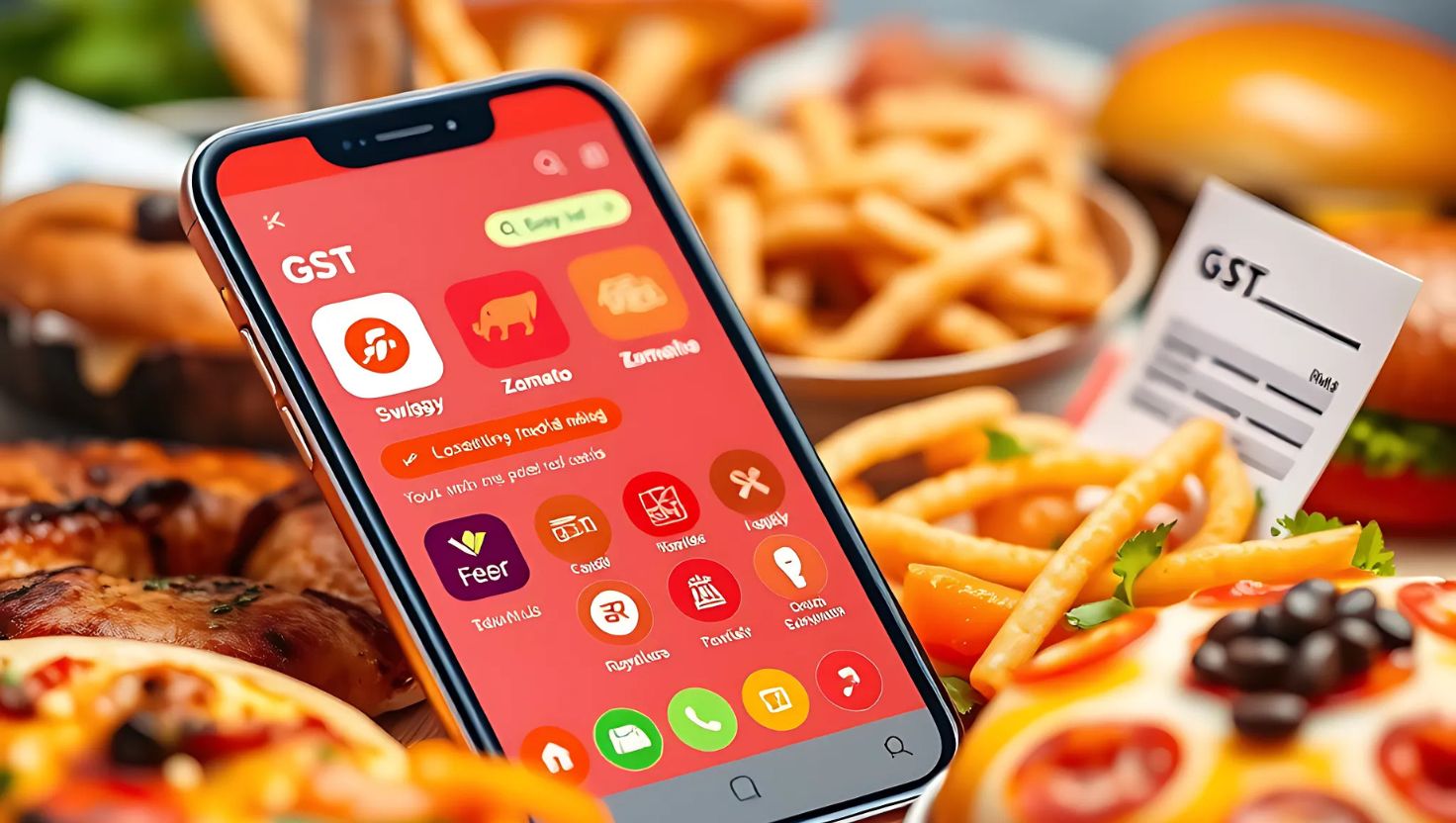How do Swiggy & Zomato affect restaurant profits? Discover commission costs, hidden fees, operational challenges, and strategies to maximize delivery profitability.
Introduction
The Swiggy and Zomato impact on restaurant profits is deeper than most owners realise. These food delivery platforms have reshaped the industry, increasing visibility and order volumes. But behind the scenes, they bring high commissions, hidden charges, and shrinking margins.
This guide uncovers the true financial impact of Swiggy and Zomato and offers actionable, practical strategies to maximize your delivery profitability.
1. Understanding Commission Structures
| Fee Type | Swiggy | Zomato |
|---|---|---|
| Base Commission | 18% – 25% per order | 20% – 28% per order |
| Delivery Fee | ₹20 – ₹50 (often passed to customer) | ₹25 – ₹60 (varies by location) |
| Payment Processing | 2% – 3% extra | 2% – 3% extra |
| Promotional Discounts | Often split 50% – 70% with restaurant | Similar cost-sharing with restaurants |
Example:
A ₹300 order may only net the restaurant ₹200-220 after all fees.
2. Hidden Costs Beyond Commissions
A. Discounting Pressure
Platforms frequently push “50% OFF” promotions, forcing restaurants to absorb 30–50% of the discount cost.
Result: A ₹150 dish sold for ₹75 may only bring the restaurant ₹50–₹60 after commissions.
B. Packaging & Operational Costs
Delivery requires ₹5-15 extra per order for tamper-proof packaging.
Additional labor for separate delivery order management.
C. Refunds & Chargebacks
Restaurants often bear 100% of refund costs for:
• Wrong orders (kitchen error)
• Late deliveries (delivery partner issue)
D. Loss of Customer Data
• Platforms own customer information, making it harder for restaurants to build direct relationships.
3. How Delivery Affects Profit Margins
Dine-In vs. Delivery Profitability
| Metric | Dine-In | Delivery (Swiggy/Zomato) |
|---|---|---|
| Gross Margin | 65% – 70% | 40% – 50% (often lower) |
| Pricing Control | Full control | Influenced by platform discounts |
| Customer Retention | Direct loyalty | Platform owns the customer |
Key Insight:
Higher delivery sales don’t always mean higher profits—many restaurants lose money on delivery orders
4. Strategies to Improve Delivery Profitability
A. Negotiate Commission Rates
✔ High-volume restaurants can push for 15-18% fees (vs. standard 20-28%)
✔ Exclusive deals (e.g., “Only on Swiggy”) may lower rates.
B. Optimize Your Delivery Menu
Focus on high-margin items (beverages, desserts, combos).
Remove low-margin dishes from delivery.
- Adjust portion sizes to reduce costs without hurting perceived value.
C. Reduce Reliance on Platforms
✔ Promote direct orders via:
• WhatsApp/Instagram marketing
• Loyalty discounts for repeat customers
• Own website ordering (using tools like DotPe or Thrive)
✔ Self-deliver nearby orders (saves 15-20% in fees).
D. Track & Analyze Performance
• Use Swiggy/Zomato seller dashboards to monitor:
• Average Order Value (AOV)
• Refund rates
• Net profit per order
• Audit monthly to ensure delivery remains profitable.
5. Case Study: How a Mumbai Cafe Improved Delivery Margins
| Challenge | Solution | Result |
|---|---|---|
| 25% commission | Negotiated to 18% + removed low-margin items | ₹10K/month saved |
| High refunds | Improved packaging + staff training | Refunds down 35% |
| Low repeat orders | Added discount codes for direct orders | 20% now order directly |
6. The Future of Food Delivery
✔ Diversify sales channels (don’t rely only on Swiggy/Zomato).
✔ Focus on customer retention (build your own database).
✔ Use data to make profitable menu and pricing decisions.



